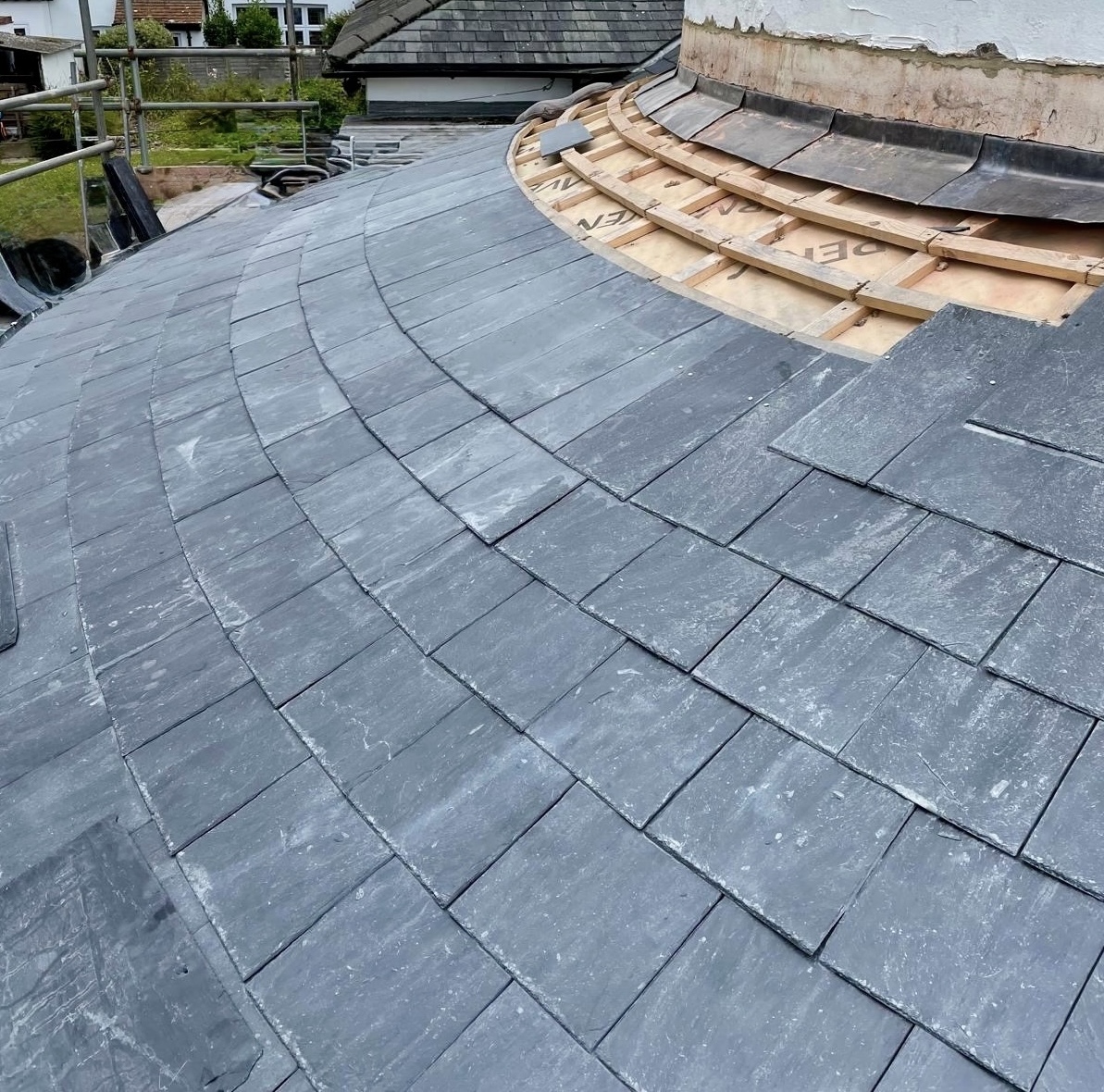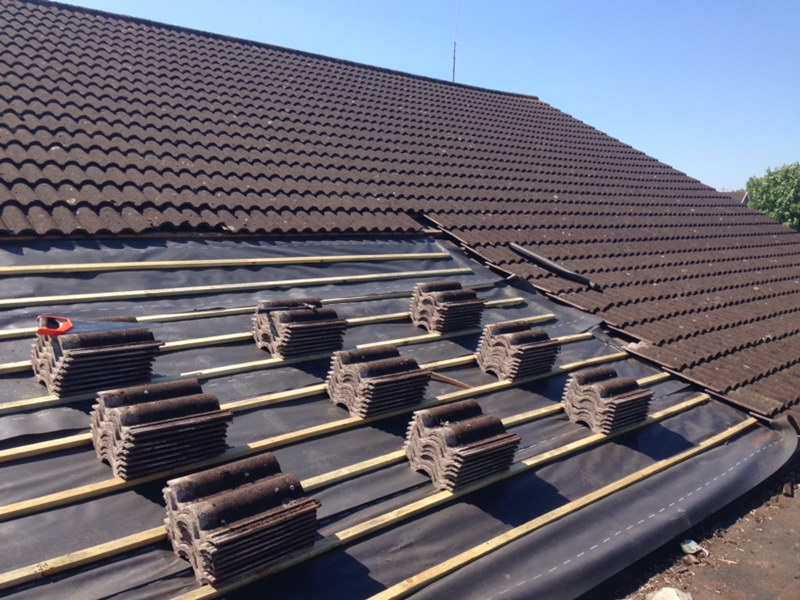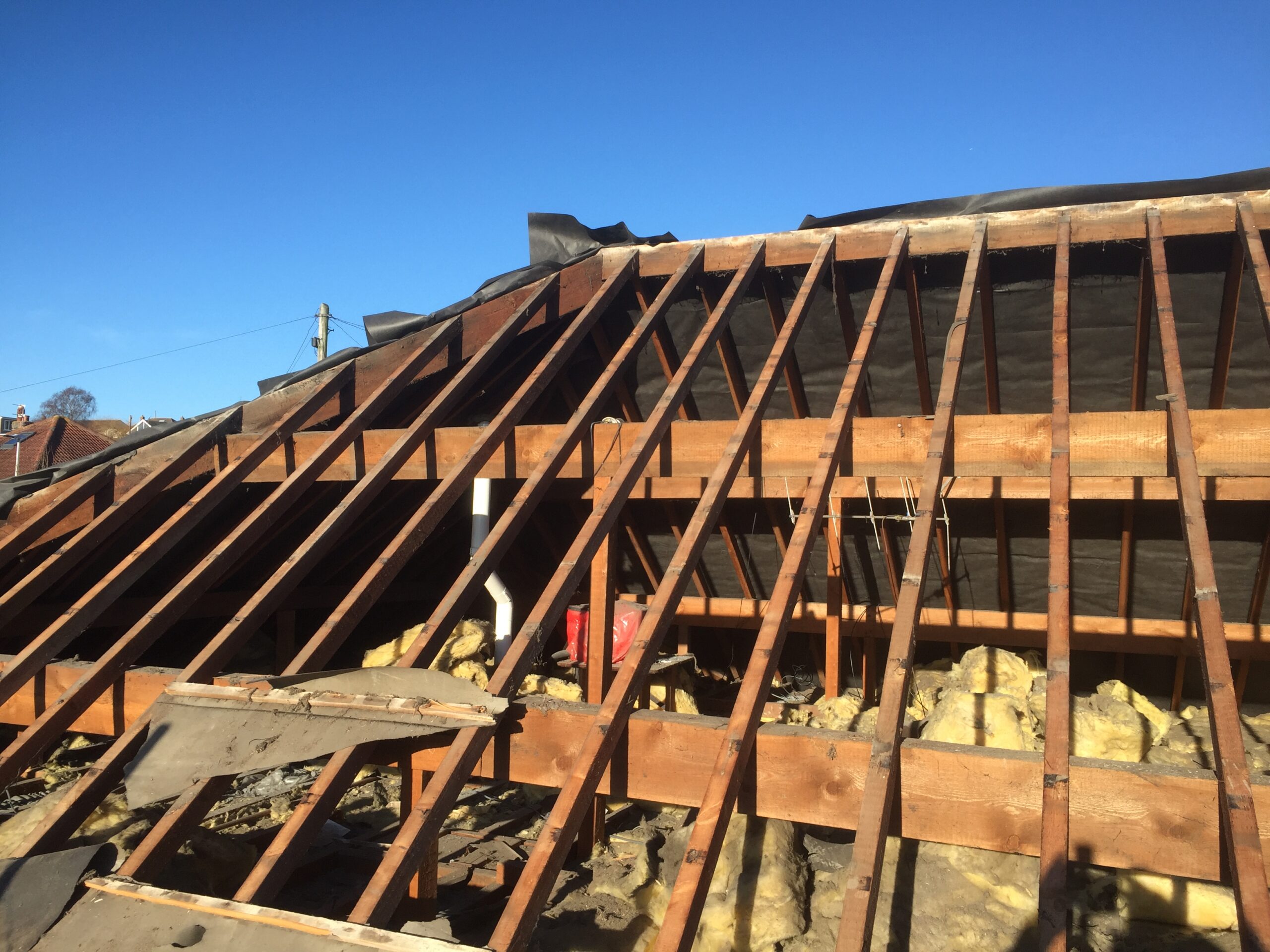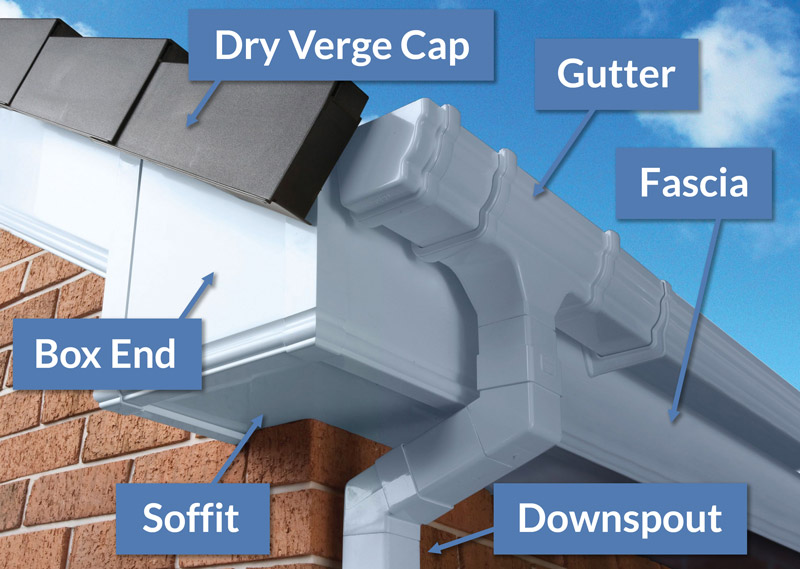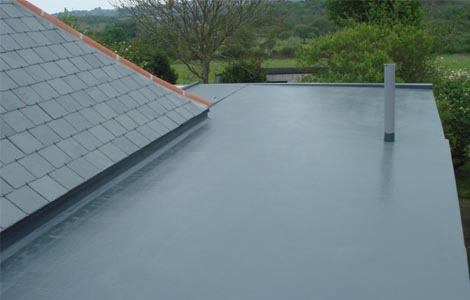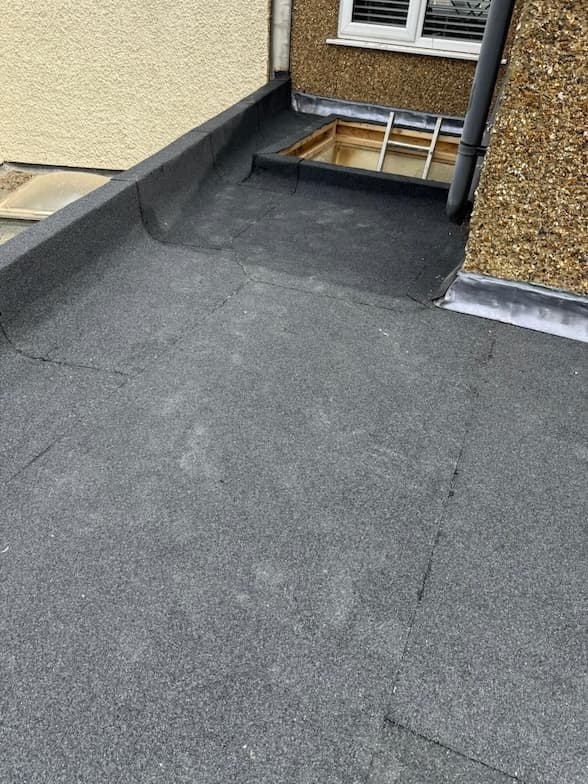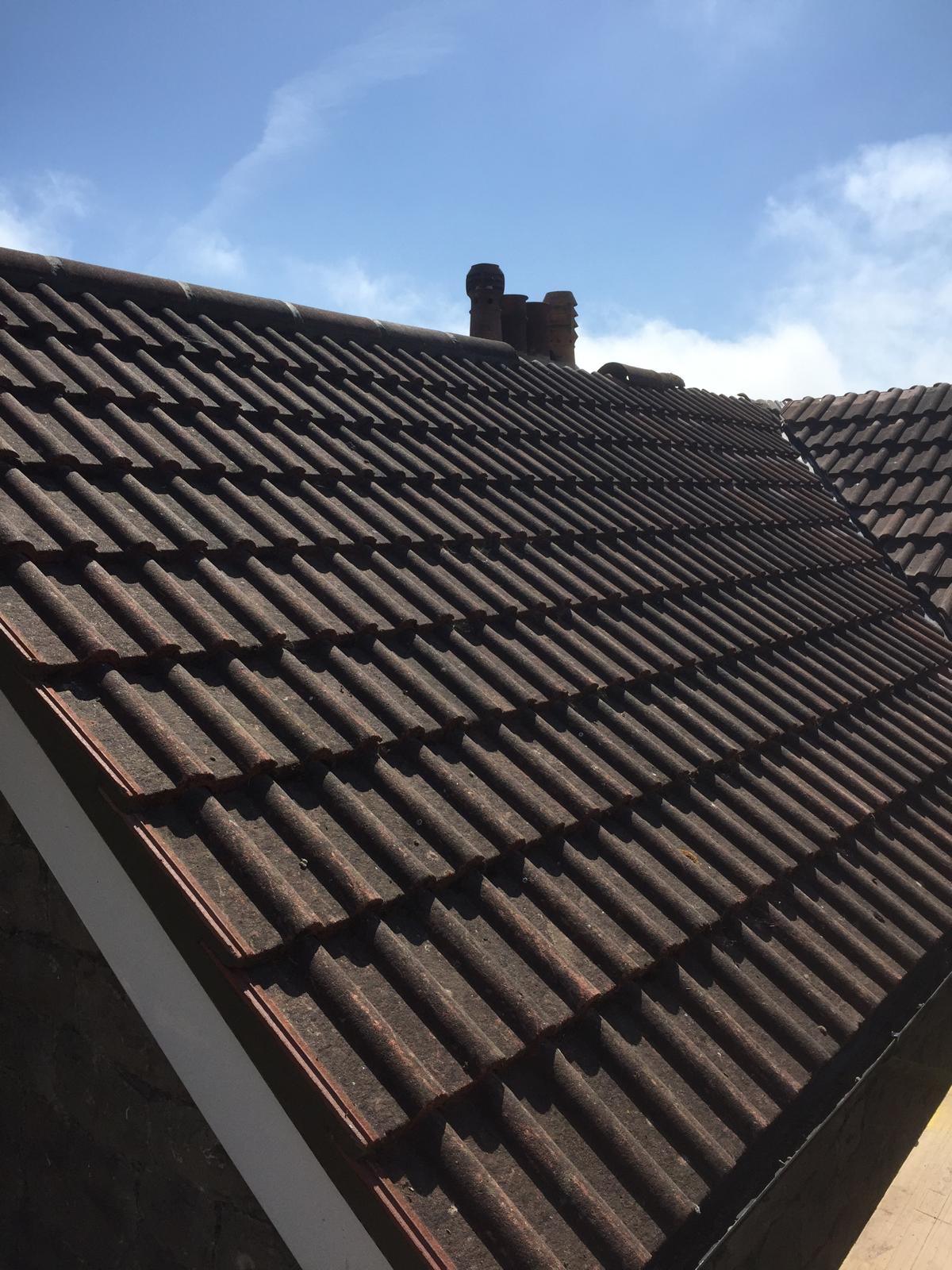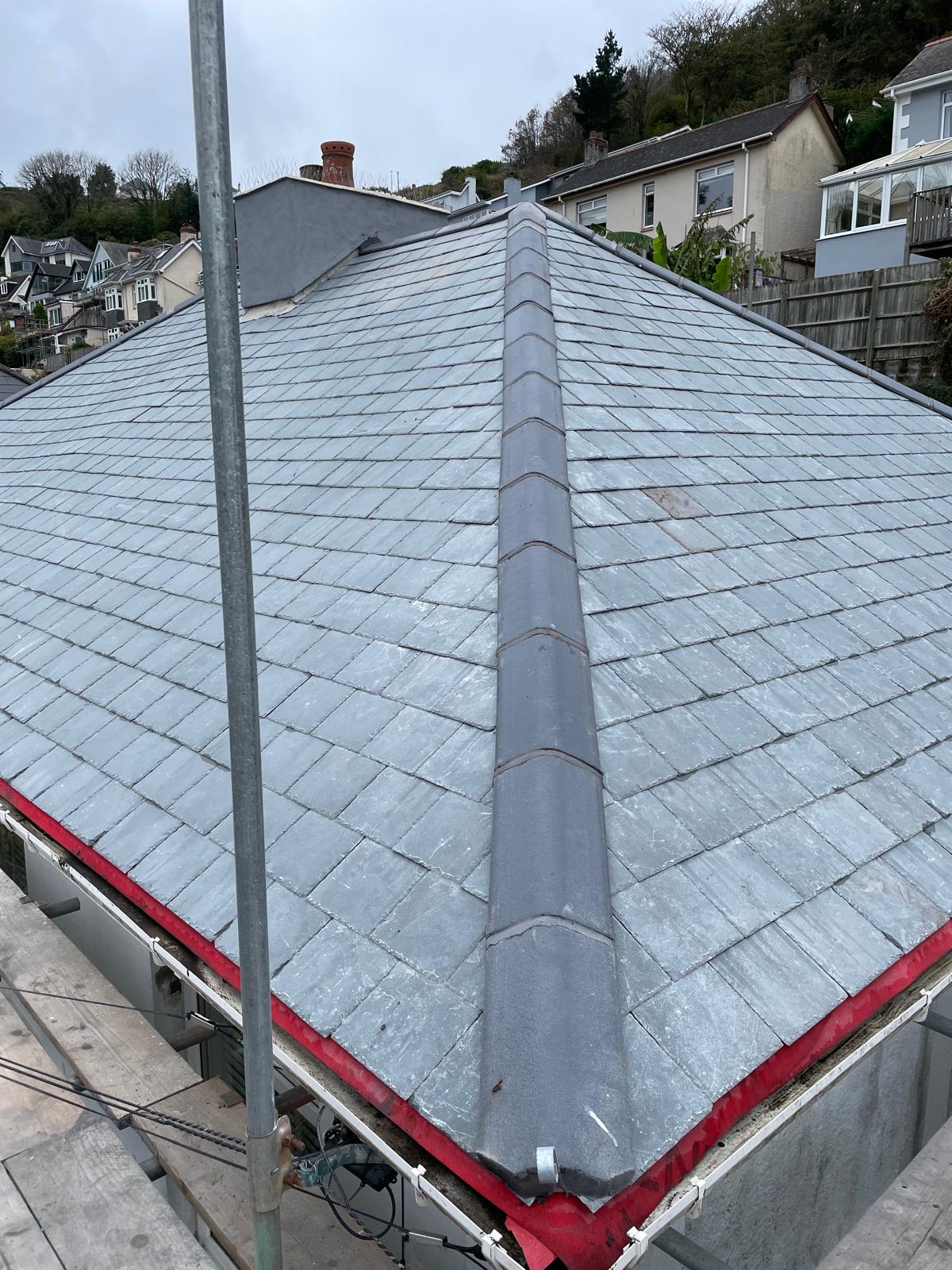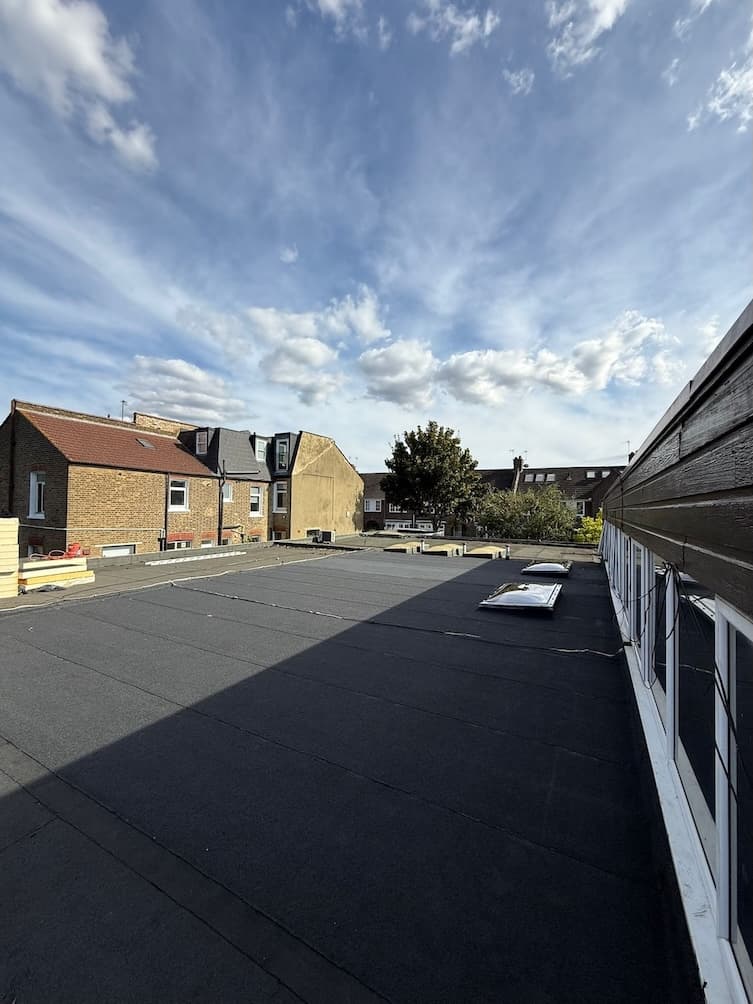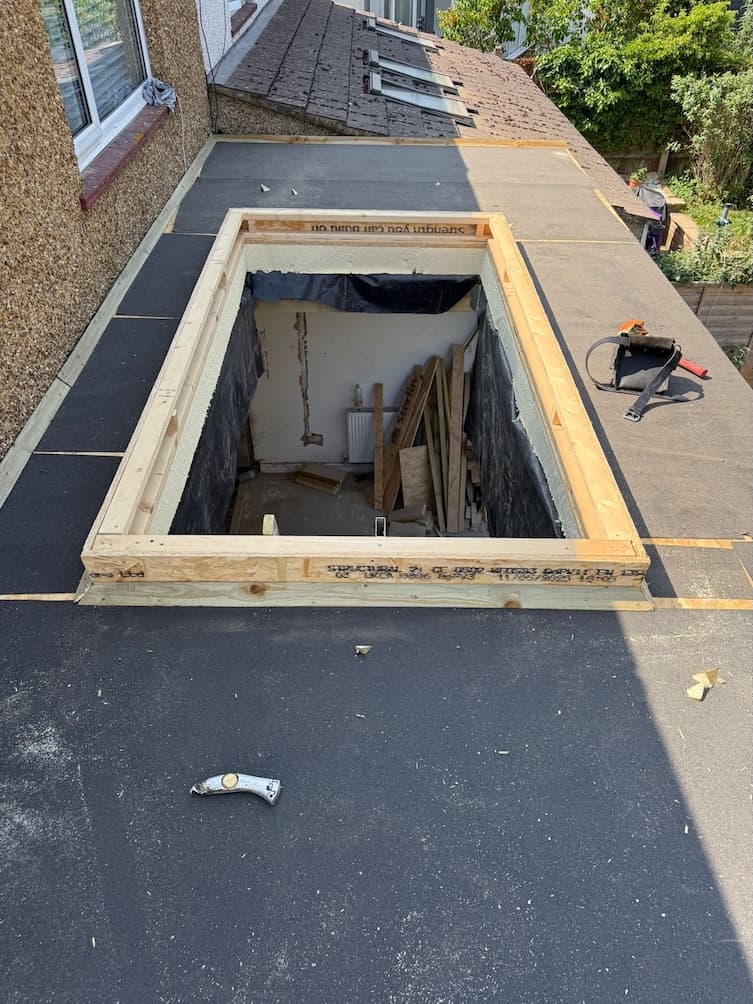There are several types of roofing, each suited to different climates, building styles, and functional needs. Here’s an overview of some of the most common types:
There are several types of roofing, each suited to different climates, building styles, and functional needs. Here’s an overview of some of the most common types:
Metal Roofing
• Description: Made from materials like steel, aluminum, or copper. Available in sheets or shingles.
• Best for: Residential, commercial, and industrial buildings in areas with extreme weather.
• Pros: Durable, long-lasting (up to 50+ years), energy-efficient, fire-resistant.
• Cons: Expensive, noisy in heavy rain, can dent in hailstorms.
Clay or Concrete Tiles
• Description: Tiles made from fired clay or molded concrete, commonly seen in Mediterranean or Spanish-style homes.
• Best for: Hot, dry climates.
• Pros: Long-lasting, fire-resistant, energy-efficient.
• Cons: Heavy, expensive, requires a reinforced structure.
Slate Roofing
• Description: Natural stone tiles that offer a sophisticated, timeless look.
• Best for: Historic or high-end homes, particularly in cooler climates.
• Pros: Extremely durable (100+ years), fire-resistant, low-maintenance.
• Cons: Expensive, heavy, requires professional installation.
EPDM (Ethylene Propylene Diene Monomer) Roofing
• Description: A type of synthetic rubber roofing used mostly for flat roofs.
• Best for: Commercial buildings, flat or low-slope roofs.
• Pros: Waterproof, flexible, UV resistant, easy to install.
• Cons: Can degrade under extreme heat or sunlight, limited color choices.
Green Roofs (Living Roofs)
• Description: A roof that is partially or completely covered with vegetation, using a waterproof membrane underneath.
• Best for: Urban buildings, environmentally conscious projects.
• Pros: Insulates, reduces stormwater runoff, enhances air quality.
• Cons: Expensive, requires structural reinforcement, regular maintenance.
Built-Up Roofing (BUR)
• Description: Made from several layers of bitumen and reinforcing fabrics, often used for commercial flat roofs.
• Best for: Low-slope commercial roofs.
• Pros: Durable, can handle foot traffic, moisture-resistant.
• Cons: Heavy, can have a strong odor during installation.
Torch-Down Roofing
• Description: A form of modified bitumen roofing where the layers are applied using a torch to melt the material.
• Best for: Low-slope and flat roofs, especially in commercial settings.
• Pros: Seamless, durable, heat-resistant.
• Cons: Requires skilled installation, potential fire hazard during application.
Each roofing type has its own strengths and weaknesses, so choosing the right one depends on factors such as climate, building structure, aesthetics, and budget.
